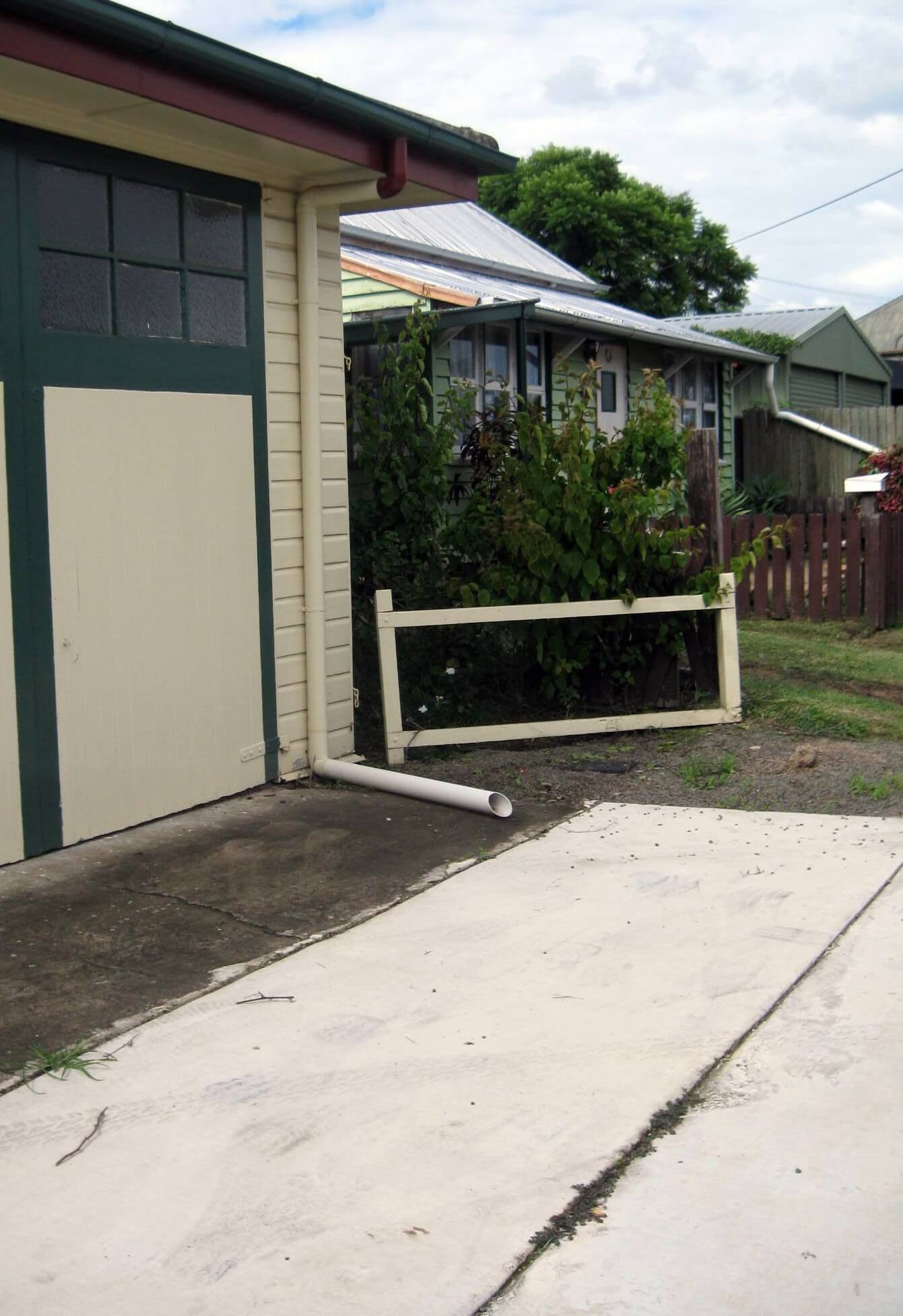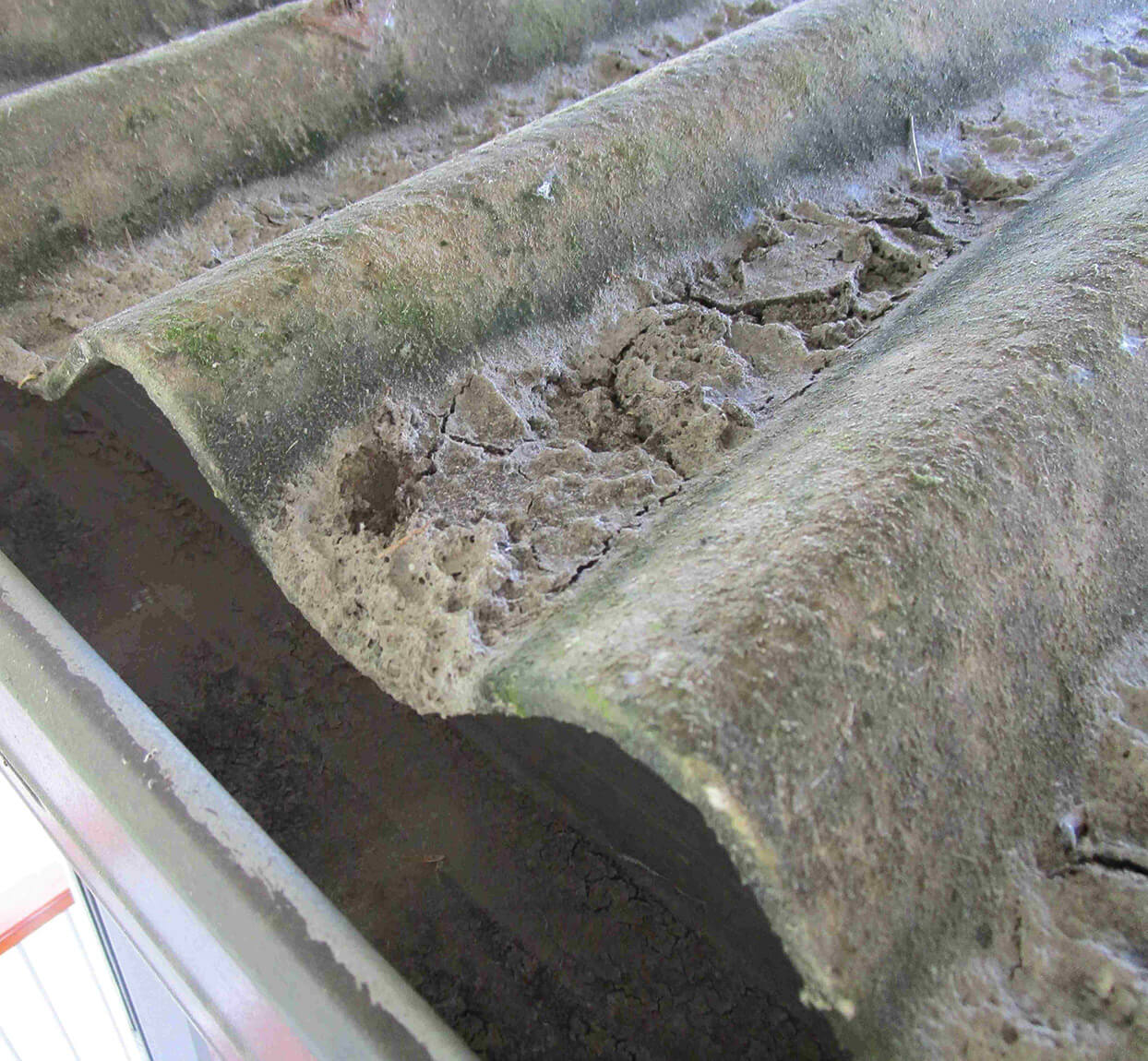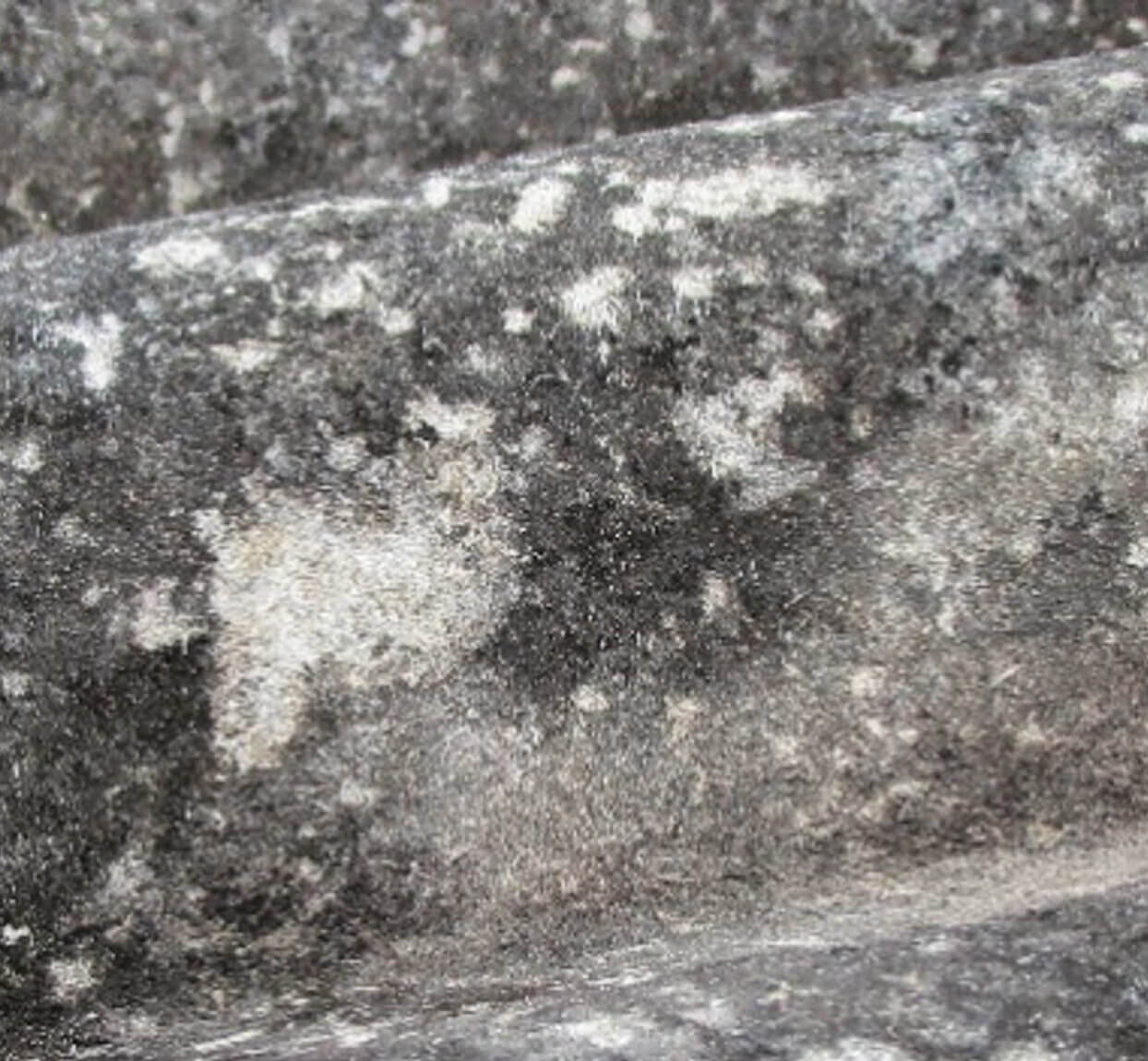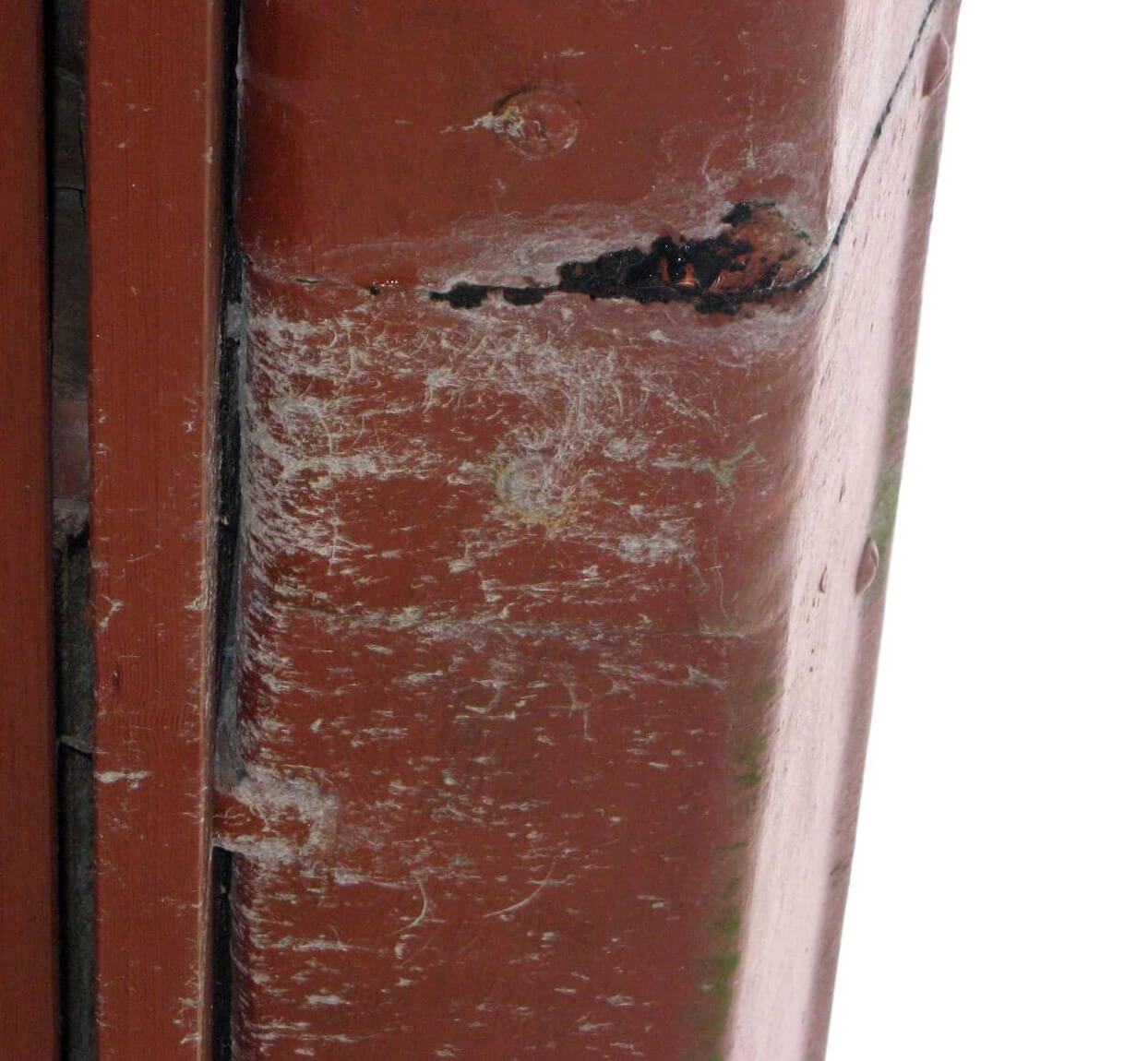Home / Asbestos materials are ageing
Asbestos materials are ageing
The use of asbestos was common in the past, particularly in building and construction materials, but is now well known to be hazardous to human health. A total ban on the manufacture, import and use of all forms of asbestos came into effect on 31 December 2003. In 2021, it was estimated that between 6.1 and 7.5 million tonnes of Australia’s asbestos legacy remains in the built environment, and asbestos cement (AC) products make up around 95% of the remaining asbestos containing material (ACM).
The use of ACM in Australian construction was prolific. This was particularly apparent from the 1930s through to the late 1970s with some continuing into the 1980s. If the site being assessed is a building constructed in this period, it is likely that ACMs were included somewhere in the original build.
AC products in Australian buildings have either passed or are near the end of their product life. In 2025 they can be up to more than 120 years old. This age means that asbestos products may deteriorate and become friable, releasing fibres. Although Australian manufacturers advertised AC products as resistant to weathering and needing no maintenance, the opposite is true. The original bonded material becomes weaker when subject to long term environmental exposure, disturbance or a lack of adequate maintenance. Surface deterioration occurs in weather events, with abrasion and within consistent damp conditions which allow organic growth.
The increasing frequency and intensity of natural hazards in Australia (e.g., hail, fire, floods, cyclones) is also increasing the risk of exposure to asbestos fibres as ACMs become damaged during these events.
Asbestos containing dust and residue can accumulate in the immediate environment, such as gutters attached to AC roofs, interior roof spaces, or open areas where the roof space is not enclosed. It also exits the structure in runoff into stormwater channels to enter our waterways.



